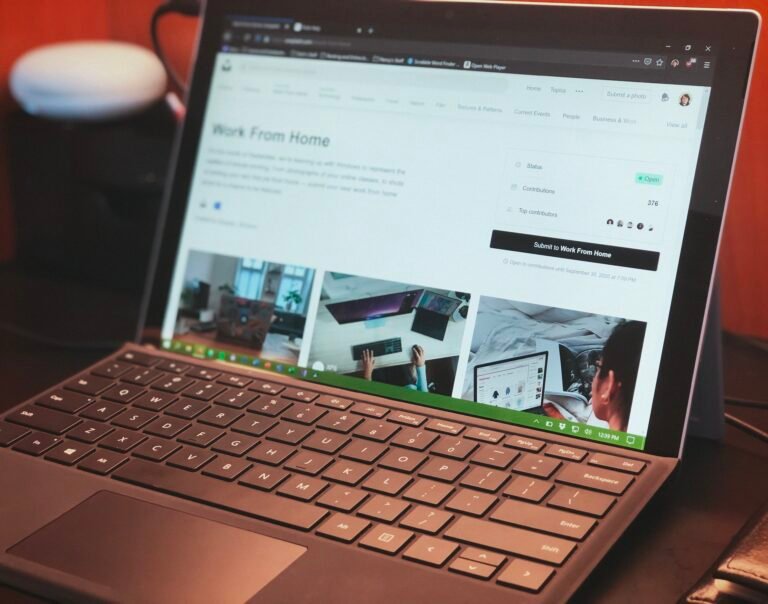Accessing Affordable and Digital Mental Health Services in the U.S.

Understanding the Barriers to Mental Health Access
Accessing mental health services in the United States is often fraught with numerous obstacles that can impede individuals from receiving the care they need. One of the foremost challenges is financial in nature. The high costs associated with therapy can be a significant deterrent for many, as hourly rates may exceed what individuals can afford. This financial burden is further compounded by insurance limitations; many health insurance plans either offer minimal coverage for mental health services or lack coverage for certain conditions altogether, leaving patients with substantial out-of-pocket expenses.
Beyond the financial barriers, social factors also play a crucial role in mental health access. Stigma remains a pervasive issue, as many individuals fear judgment or discrimination from peers, family, or employers when seeking help for mental health concerns. This societal stigma can lead to feelings of shame, which deter individuals from pursuing necessary treatment. Moreover, a lack of awareness regarding mental health issues contributes significantly to this problem. Many individuals may not recognize the symptoms of mental health conditions or may misinterpret them as personal weaknesses, further hindering their willingness to seek assistance.
Cultural factors also affect mental health access. Different cultural backgrounds can influence individuals’ perceptions of mental health and their openness to engage with mental health services. In some cultures, seeking help may be viewed as a sign of weakness or may carry with it a fear of being labeled as ‘crazy.’ These varying cultural attitudes can lead to reluctance in discussing mental health issues, significantly impacting the likelihood of individuals accessing the care they require. Addressing these barriers is critical to improving mental health access in the U.S., enabling more individuals to receive appropriate care and support.
Innovative Solutions: Telemedicine and Therapy Apps
The landscape of mental health services in the United States has undergone significant transformation with the advent of telemedicine and digital therapy applications. These innovative solutions address longstanding access barriers, particularly for individuals residing in underserved areas where traditional mental health resources may be limited. Telehealth platforms have emerged as vital tools that enable remote consultations between mental health professionals and patients. This technological advancement not only facilitates access but also promotes continuity of care by allowing individuals to connect with providers from the comfort of their homes.
One of the key advantages of telemedicine is its ability to reach populations that might otherwise be reluctant to seek help due to geographic or social barriers. Rural communities often face shortages of mental health practitioners, compelling residents to travel significant distances for support. Telehealth bridges this gap by offering real-time consultations, thereby increasing the likelihood that individuals will follow through with obtaining care. Moreover, accessibility features such as scheduling flexibility and varied modalities—ranging from video calls to instant messaging—enhance the overall user experience.
In addition to telemedicine, therapy apps and online platforms have gained popularity for their affordability and convenience. These digital tools often provide users with self-help resources, cognitive-behavioral techniques, mood tracking, and exercises that promote mental well-being. Offering a cost-effective alternative to traditional therapy sessions, these apps can serve as supplementary resources for individuals seeking additional support beyond their regular therapy. The effectiveness of these tools varies, but many users report significant improvements in their mental health by utilizing such resources.
In conclusion, the rise of telemedicine and therapy apps signifies a pivotal change in the accessibility of mental health services in the United States. These innovative solutions not only enhance convenience but also promote affordability, making mental health support more achievable for a larger segment of the population.
Exploring Affordable and Low-Cost Mental Health Resources
Accessing mental health services can often be a financial burden, but various affordable and low-cost resources are available throughout the United States. Understanding these resources can make mental health care more accessible for individuals and families facing economic hardships.
Community mental health centers are pivotal in providing services to residents regardless of their financial circumstances. These centers typically offer a range of programs including counseling, therapy, and medication management, often on a sliding scale based on income. This flexibility ensures that no one is turned away due to an inability to pay. Individuals seeking help can find a center located in their area through local health departments or online databases.
Another viable option is sliding scale therapy, where therapists adjust their fees based on the client’s financial situation. This can significantly reduce the cost of private therapy sessions, making them more manageable for individuals who may be tight on funds. Many therapists and counseling practices are willing to negotiate fees to accommodate those in need. It’s advisable to inquire directly when seeking services.
Support groups also serve as an essential resource for those seeking mental health support. Many local organizations and nonprofits offer free or low-cost group therapy sessions, where individuals can share experiences, learn coping mechanisms, and find community support. This environment can foster healing while alleviating some of the financial pressures typically associated with mental health services.
Furthermore, educational institutions often provide mental health services at reduced costs through training programs for psychology and counseling students. These services are typically supervised by licensed professionals, ensuring a level of care that is both safe and effective. Engaging with these resources can provide individuals with the necessary support without the financial strain often associated with mental health care.
Integrating Mental Health Apps into Your Care Routine
The rise of digital technology has led to the development of various mental health applications designed to support individuals on their mental health journey. These apps encompass a wide range of functionalities, including meditation, mood tracking, therapy support, and educational resources. By integrating these digital tools into one’s care routine, individuals can enhance their overall mental wellness and make informed decisions about their mental health.
Meditation apps, such as Headspace and Calm, provide guided sessions aimed at reducing stress and anxiety while promoting mindfulness. For users interested in tracking their moods, applications like Moodpath or Daylio allow individuals to log their emotions and identify patterns over time. This tracking can be invaluable in recognizing triggers and improving emotional regulation. Moreover, therapy support apps, such as BetterHelp or Talkspace, facilitate communication between individuals and licensed therapists, offering flexibility and accessibility for those seeking professional help.
When selecting an app, it is crucial to consider personal needs and goals. Take into account factors such as user interface, available resources, cost, and specific features that resonate with your unique mental health situation. Assess whether you prefer guided support or a more self-directed approach, as this can significantly influence which app is most suitable. Additionally, reading user reviews and exploring trial versions can help make an informed decision.
To effectively integrate mental health apps into a traditional therapy routine, individuals should aim to use these tools as complementary resources. For example, consider using a mood tracker to provide your therapist with valuable insights during sessions, or utilize meditation apps to practice mindfulness techniques discussed in therapy. By embracing technology as part of a larger holistic approach, individuals can foster a more comprehensive and effective mental health strategy, ultimately leading to improved emotional well-being.





